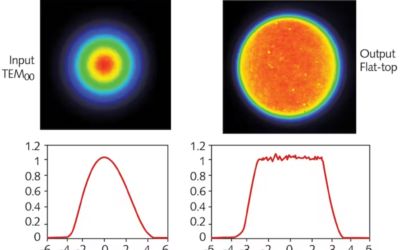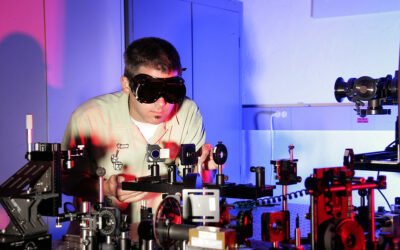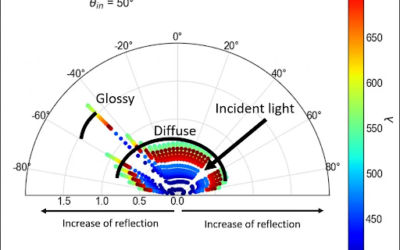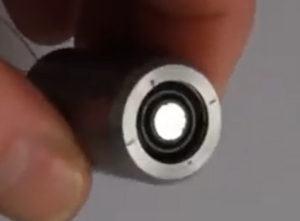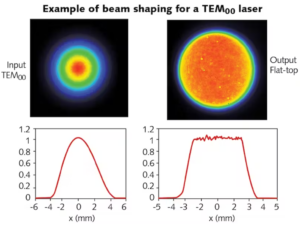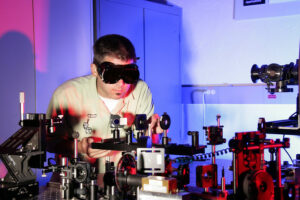Optical techniques for distance measurement offer plenty of uses and applications. These techniques are able to measure the distance between two objects without touching them, making them perfect for a variety of situations. Optical techniques are usually the best solution when needing a noncontact method that’s fast or automated. For example, they are often used in robotic applications where precise measurements are needed quickly. They are also used in medical imaging, manufacturing and automation, and in the automotive industry. Optical techniques can be used to measure distances ranging from less than a millimeter to hundreds of kilometers. They can also be used to measure the distance between two moving objects. With the increasing popularity of drones and autonomous vehicles, optical techniques are becoming increasingly important.
One of the most powerful tools in optical metrology, the phase-shifting method (PSM) – or phase-stepping method – is ideally suited for measuring the phase information of fringe patterns or interference images. Originally developed by Carré in 1966, and improved upon by Bruning et al. in 1974, this method has proven its worth time and time again.
Modern, highly accurate phase detection systems mostly employ a method of measuring distance indirectly, by calculating the phase variation produced by the repeated transmission of a continuous modulation signal in the measuring distance. Thus, the precision of the measurement system depends on the accuracy of digital phase detection.
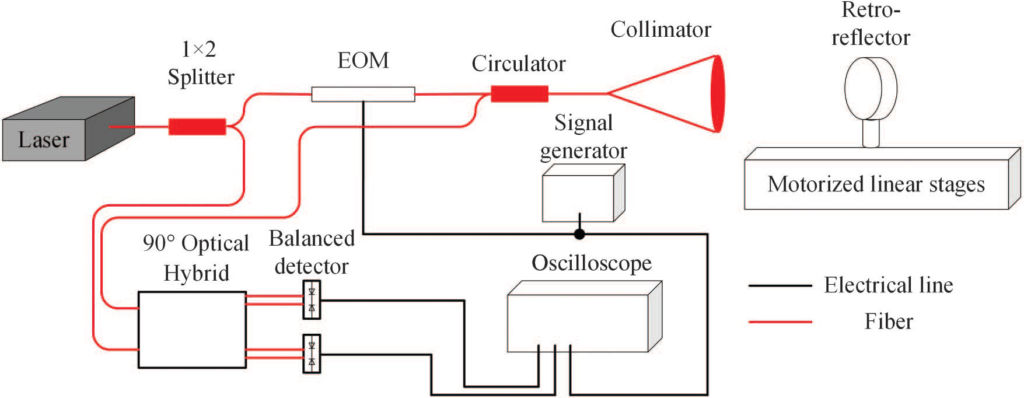
Figure 1. Experimental setup for a Phase-siht range finder. Image from Hungyu He et al.
Figure1 shows a block diagram of phase laser range finder. It is utilized by modulating and optical beam. A laser beam is splitted in two parts. One of them is modulated by an eletro-optical modulator (EOM) and a signal generator. The other part is sent to a a 90-degree optical coupler. The modulated signal is sent to our target at an unknown distance. The reflected signal is then sent also the 90–degree optical coupler. The phase detector gets the phase variation by comparing the phase of received signal and reference signal. The distance to the target is then calculated by:

Where:
φ is the phase difference is,
Fm is the modulation frequency, and
C is the speed of light
Depending on the range of distance that you are interested in measure you can adapted the modulating frequency. So the higher the modulating frequency, the better resolution you may have, but you will limit the range of how far can you detect your object.

